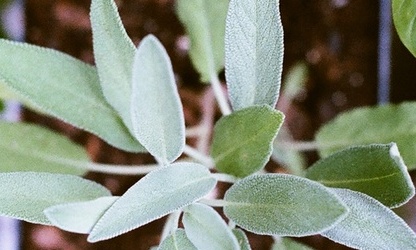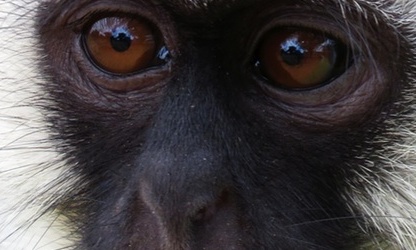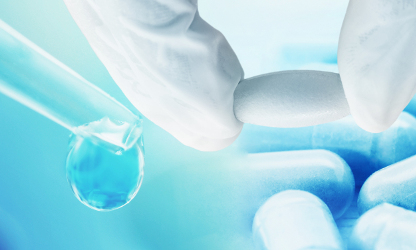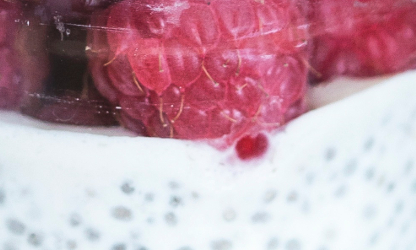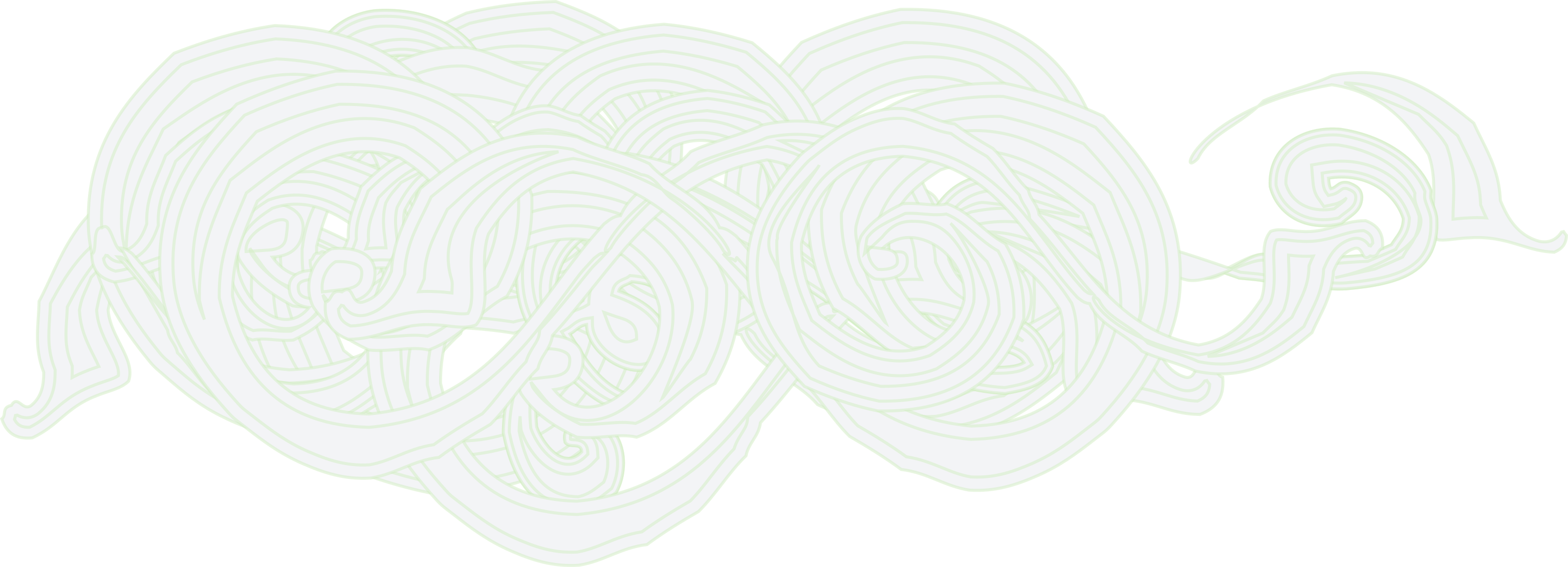
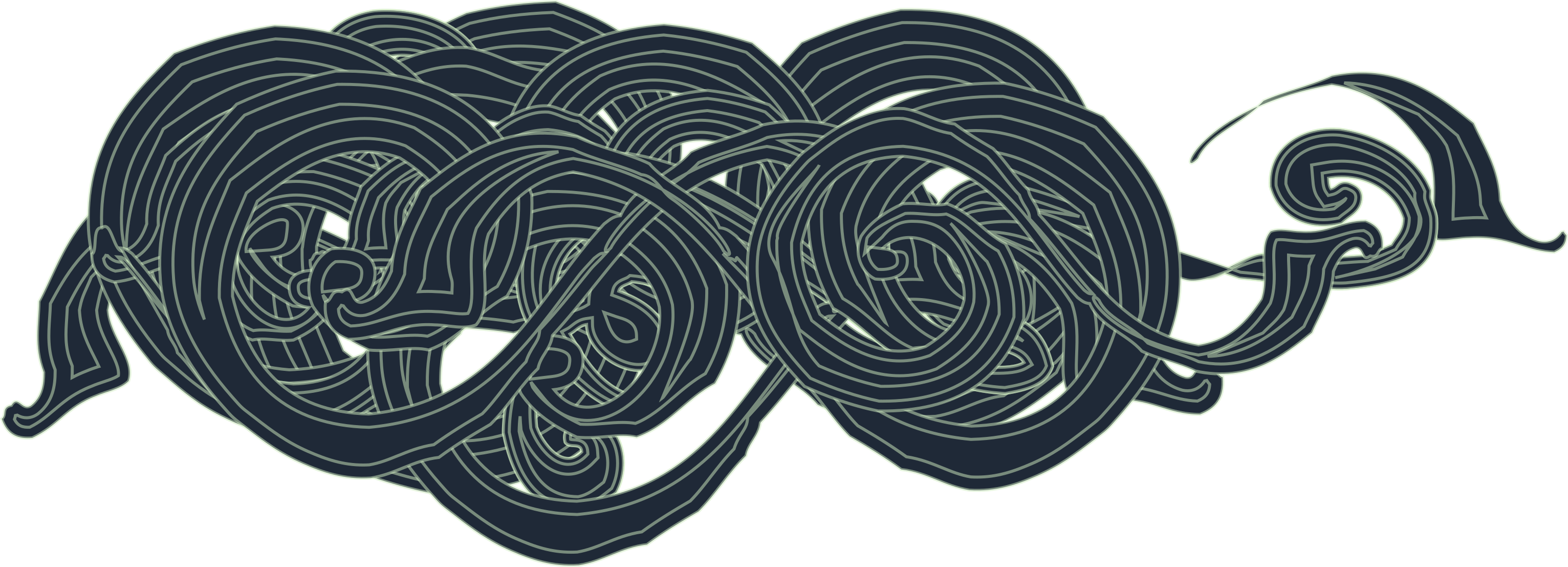
Optimizing Concentration and Timing of a Phage Spray Application To Reduce Listeria monocytogenes on Honeydew Melon Tissue.
Journal of Food Protection, 2004
Leverentz, B., Conway, W.S., Janisiewicz, W., and Camp, M.J.
Abstract
A phage cocktail was applied to honeydew melon pieces 1, 0.5, and 0 h before contamination with Listeria monocytogenes strain LCDC 81-861 and 0.5, 1, 2, and 4 h after contamination. The phage application was most effective when applied 1,0.5, or 0 h before contamination with L. monocytogenes, reducing pathogen populations by up to 6.8 log units after 7 days of storage. This indicates that under commercial conditions, if contamination occurs at the time of cutting, phage would have to be applied as soon as possible after cutting the produce. However, all phage applications from 1 h before to 4 h after contamination and all phage concentrations ranging from 104 to 108 PFU/ml reduced bacterial populations on honeydew melon pieces. Higher phage concentrations were more effective in reducing pathogen populations. A phage concentration of approximately 108 PFU/ml was necessary to reduce the pathogen populations to non-detectable levels immediately after treatment, and pathogen growth was suppressed by phage concentrations of 106 through 108 throughout the storage period of 7 days at 10°C. In an attempt to enhance the effectiveness of the phage cocktail on low pH fruit, such as apples, the phage was applied in combination with MnCl2. This combination, however, did not enhance the effectiveness of the phage on apple tissue. The results from this study indicate that the effectiveness of the phage application on honeydew melon pieces can be optimized by using a phage concentration of at least 108 PFU/ml applied up to 1 h after processing of the honeydew melons.
Target
Listeria monocytogenes
Food Group
Fresh Produce
Food Product
Melons
Product
Melons


